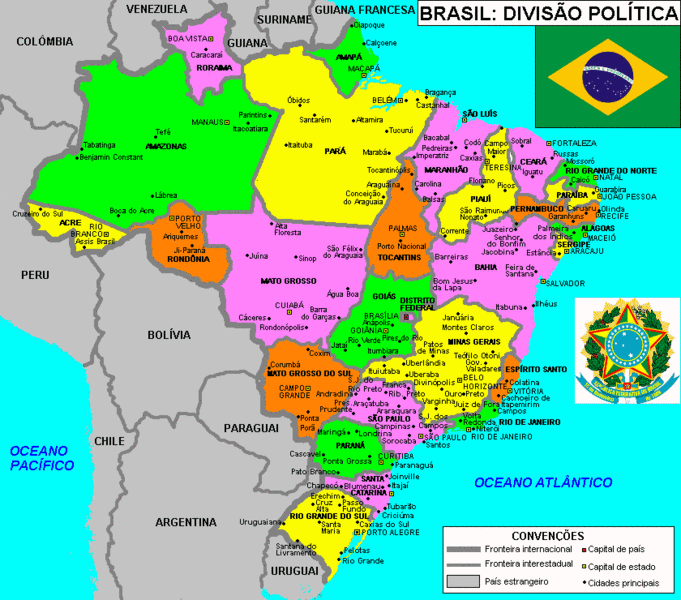The number of Brazilians who have died from severe dengue has hit 600, according to country health authorities. Of the 600, 360, or 60 percent of the fatalities are reported from the most populous state in in Brazil, Sao Paulo.
The 600 dengue-related deaths reported thus far in 2015, easily eclipses the number of fatalities reported in Brazil during the last five years: 410 in 2014, 545 in 2013, 284 in 2012 and 482 in 2011.

To date, Brazil has reported 1,319,957 probable dengue fever cases, or 80 percent of ALL dengue cases reported in the Americas, with the Southeast Region (where Sao Paulo is located) registering the highest number of probable cases (849,645 cases; 64.4%) compared to the rest of the country. This is followed by Northeast (230,404 cases, 17.5%), Centro Oeste (160 016 cases; 12.1%), South (53 063 cases; 4.0%) and North (26 829 cases, 2.0%).
The number of severe dengue cases has nearly doubled the number reported during the same period in 2014, 1,092 versus 590, respectively.
There are 4 serotypes of dengue called DENV-1, DENV-2, DENV-3 and DENV-4 and all four are being reported in Brazil. Infection with one serotype produces lifelong immunity against that serotype reinfection. Successive infection with two different serotypes is a risk factor for developing the severe forms of the disease.
In 2015, 14,068 samples were tested and 6,084 were positive (43.2%). The proportions of identified serotypes were DENV1 (93.2%), followed by DENV4 (5.6%), DENV2 (0.8%) and DENV3 (0.3%).
Dengue fever is an infectious disease carried by mosquitoes and caused by any of four related dengue viruses. This disease used to be called “break-bone fever” because it sometimes causes severe joint and muscle painthat feels like bones are breaking.
People get the dengue virus from the bite of an infected Aedes mosquito. It is not contagious from person to person.
There are three types of dengue fever in order of less severe to most: the typical uncomplicated dengue fever, dengue hemorrhagic fever (DHS) and dengue shock syndrome (DSS).
Robert Herriman is a microbiologist and the Editor-in-Chief of Outbreak News Today
Follow @bactiman63


One thought on “Brazil dengue fever death tally reaches 600, Sixty percent from Sao Paulo”